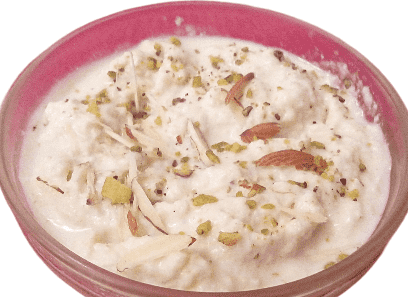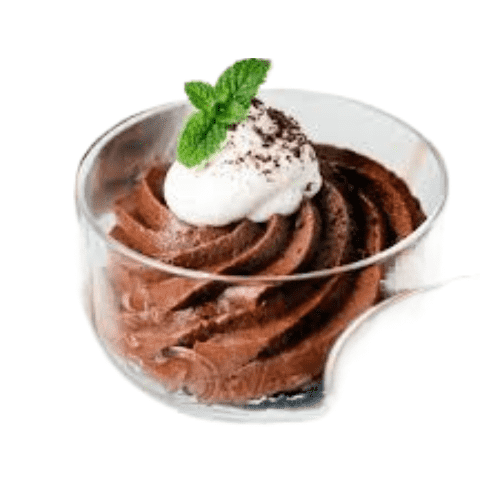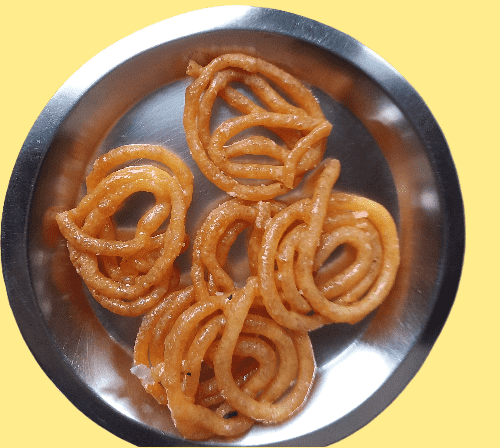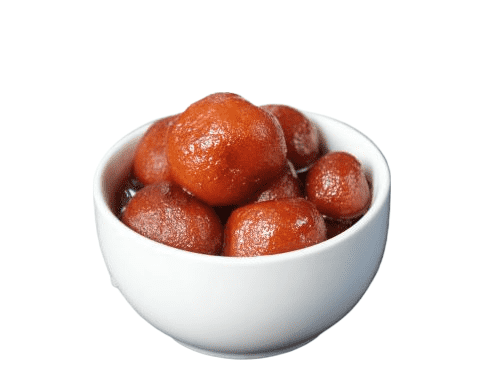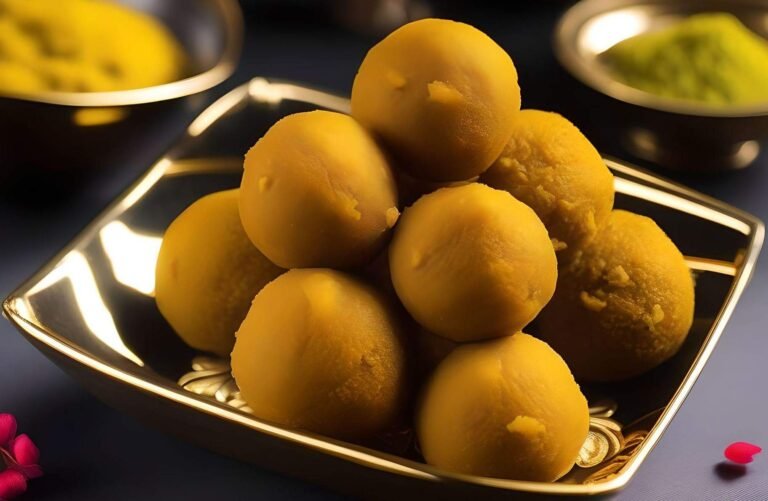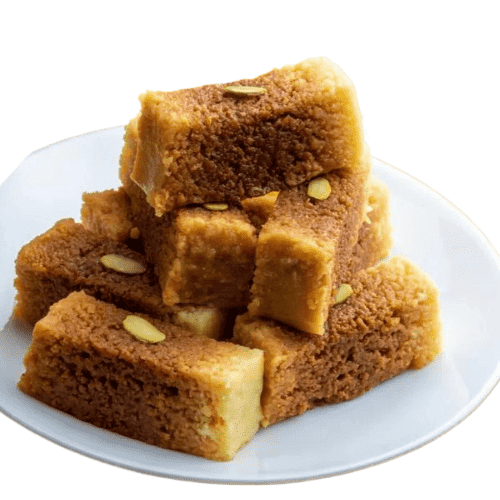Parwal Ki Mithai
Parwal Ki Mithai :
Introduction :
India is a arrive of differing societies, conventions, and cuisines. One of the most cherished aspects of Indian culinary tradition is its rich variety of sweets. Each region in India boasts its own unique sweets, prepared during festivals, celebrations, and even for regular enjoyment. One such delicacy that stands out is “Parwal ki Mithai,” a sweet made from pointed gourd (parwal). This sweet is particularly popular in the eastern parts of India, including Bihar, Jharkhand, and West Bengal.
Parwal ki Mithai is not just a treat for the taste buds but also a feast for the eyes. The green color of parwal combined with the rich stuffing and the glossy sugar syrup coating makes it look as delightful as it tastes. In this blog, we will dive deep into the world of Parwal ki Mithai, exploring its history, nutritional benefits, and, of course, a step-by-step guide to preparing it at home.
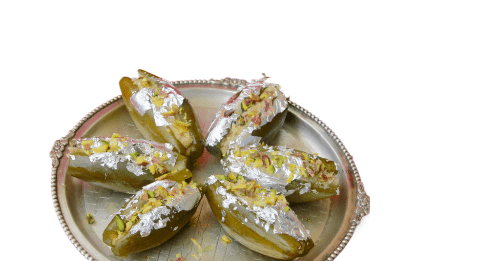
History and Cultural Significance of Parwal Ki Mithai :
Parwal, also known as pointed gourd, is a staple vegetable in many Indian households. While it is commonly used in savory dishes, its transformation into a sweet dish is a testament to the culinary creativity that Indian cuisine is known for. The tradition of making sweets from vegetables and fruits can be traced back to ancient times when chefs would experiment with different ingredients to create unique flavors and textures.
In regions like Bihar and Jharkhand, Parwal ki Mithai is often prepared during festivals like Diwali, Holi, and weddings. It is also offered as prasad in temples, symbolizing purity and devotion. The meticulous process of making this sweet, from selecting the best parwals to carefully stuffing and cooking them, reflects the importance of patience and love in Indian cooking.
Nutritional Benefits of Parwal Ki Mithai :
While Parwal ki Mithai is undoubtedly a sweet treat, it also offers some nutritional benefits, thanks to its primary ingredient, parwal. Pointed gourd is a low-calorie vegetable rich in vitamins and minerals. It is an fabulous source of dietary fiber, which helps in assimilation. It also contains vitamins A and C, which are essential for healthy skin and immune function, and minerals like magnesium, potassium, and calcium.
When prepared with moderate amounts of sugar and ghee, Parwal ki Mithai can be enjoyed as a part of a balanced diet. The khoya (reduced milk) used in the stuffing adds a rich, creamy texture and is a good source of calcium and protein. Almonds and pistachios, often used in the stuffing, provide healthy fats and additional nutrients.
Ingredients of Parwal Ki Mithai :
To make Parwal ki Mithai, you will require the following ingredients:
For the Parwal:
- 500 grams parwal (pointed gourd)
- 1 liter water (for boiling)
- 1 teaspoon baking soda
For the Stuffing:
- 250 grams khoya (mawa)
- 100 grams powdered sugar
- 1/4 teaspoon cardamom powder
- 10-12 almonds (finely chopped)
- 10-12 pistachios (finely chopped)
- 10-12 cashews (finely chopped)k
- A few strands of saffron (optional)
For the Sugar Syrup:
- 500 grams sugar
- 300 ml water
- 1/4 teaspoon cardamom powder
- 1 teaspoon rose water (optional)
Equipment Needed
- Heavy-bottomed pan
- Slotted spoon
- Mixing bowls
- Knife
- Chopping board
- Sieve
- Measuring cups and spoons
- Plate lined with parchment paper
Preparation Steps of Parwal Ki Mithai :
Step 1: Preparing the Parwal
Selecting and Cleaning: Choose fresh, medium-sized parwals for this recipe. They ought to be firm and free of imperfection. Wash them altogether beneath running water to expel any earth or poulations.
Peeling and Slitting: Lightly scrape the outer skin of the parwals using a knife or a vegetable peeler. Do not remove the skin entirely; just scrape off the rough outer layer. Make a lengthwise slit in each parwal and carefully remove the seeds using a small spoon or knife.
Boiling: In a large pot, bring 1 liter of water to a boil. Include 1 teaspoon of baking soda to the water. This will help retain the green color of the parwals. Add the parwals to the boiling water and cook for about 5-7 minutes until they are slightly tender but not mushy. Drain the parwals and rinse them under cold water to stop the cooking process. Set them aside to cool.
Step 2: Preparing the Stuffing
Cooking the Khoya: In a heavy-bottomed pan, crumble the khoya and cook it on medium heat until it turns slightly golden and starts to leave the sides of the pan. This process will take about 8-10 minutes. Stir continuously to prevent burning.
Adding Sugar and Spices: Once the khoya is cooked, remove it from the heat and let it cool slightly. Add the powdered sugar, cardamom powder, chopped almonds, pistachios, and cashews. Mix well to combine all the ingredients. If you are using saffron, soak it in a teaspoon of warm milk and add it to the mixture.
Stuffing the Parwals: Carefully stuff each parwal with the prepared khoya mixture. Press the stuffing gently to ensure it fills the entire cavity. Be careful not to overstuff, as the parwals can break.
Step 3: Preparing the Sugar Syrup
Making the Syrup: In a huge pan, mix the sugar and water. Cook on medium heat until the sugar dissolves completely and the syrup reaches a one-string consistency. This means that when you take a drop of syrup between your thumb and forefinger and pull apart, it should form a single thread.
Flavors: Add the cardamom powder and rose water to the syrup. Mix well.
Coating the Parwals: Gently place the stuffed parwals into the hot sugar syrup. Simmer for about 5-7 minutes, ensuring that all the parwals are well-coated with the syrup. Turn off the heat and let the parwals soak in the syrup for an additional 10-15 minutes.
Step 4: Final Touches
Cooling: Carefully remove the parwals from the syrup using a slotted spoon and place them on a plate lined with parchment paper. Let them cool completely.
Garnishing: You can garnish the Parwal ki Mithai with silver leaf (chandi ka varq) for an authentic touch. Alternatively, you can sprinkle some finely chopped nuts on top.
Serving: Once cooled, arrange the Parwal ki Mithai on a serving platter. They can be served immediately or stored in an airtight container in the refrigerator for up to a week.
Tips for Perfect Parwal Ki Mithai :
Choosing the Right Parwals: Always select fresh and medium-sized parwals. Avoid using overripe or very small ones as they may not hold the stuffing well.
Maintaining the Green Color: Adding a little baking soda to the boiling water helps in retaining the vibrant green color of the parwals.
Consistency of Khoya: Make sure the khoya is cooked well and is dry enough to hold its shape when stuffed. If it is too soft, it may ooze out during the cooking process.
Sugar Syrup Consistency: Achieving the right consistency of the sugar syrup is crucial. It ought to not be as well thick or as well lean. One-string consistency is best for this recipe.
Soaking Time: Allowing the stuffed parwals to soak in the syrup for some time helps them absorb the sweetness and enhances the flavor.
Storage: Store the mithai in an airtight container in the refrigerator. Bring it to room temperature some time recently before serving for the best taste.
Variations and Innovations of Parwal Ki Mithai :
While the traditional Parwal ki Mithai is a classic, there is always room for innovation in the kitchen. Here are a few verities you can attempt:
Chocolate Parwal ki Mithai: Add a twist to the traditional recipe by mixing some melted chocolate into the khoya stuffing. This will give the mithai a rich, chocolatey flavor.
Coconut Stuffed Parwal: Replace the khoya with a mixture of grated coconut and condensed milk. This variation is popular in Bengal and adds a tropical touch to the sweet.
Dry Fruit Delight: Enhance the richness of the mithai by adding a variety of chopped dry fruits like raisins, dates, and figs to the stuffing.
Flavored Syrup: Experiment with different flavors in the sugar syrup. You can add a hint of saffron, rose essence, or even a dash of orange zest for a unique flavor profile.
Conclusion
Parwal ki Mithai is more than just a sweet dish; it is a celebration of tradition, culture, and the art of Indian cooking. The process of making this mithai, from selecting the finest ingredients to carefully preparing and presenting it, is a labor of love. Whether you are making it for a festive occasion or simply to satisfy your sweet tooth, this mithai is sure to bring joy to your table.
By following this detailed recipe, you can recreate the magic of Parwal ki Mithai in your own kitchen. So, don your apron, gather your ingredients, and embark on a culinary journey that promises to be as rewarding as it is delicious. Happy cooking!
